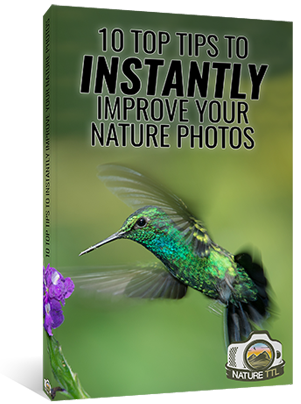Lucas Bustamante: The Key to Creating a Stand-out Portfolio

Ecuadorian biologist and wildlife photojournalist Lucas Bustamante’s primary goal is to use photography to promote environmental and cultural conservation.
Author of books, describing eight new species to science, and co-founder of Savia Fund and Tropical Herping, Lucas’ work has featured in numerous publications and won several awards.
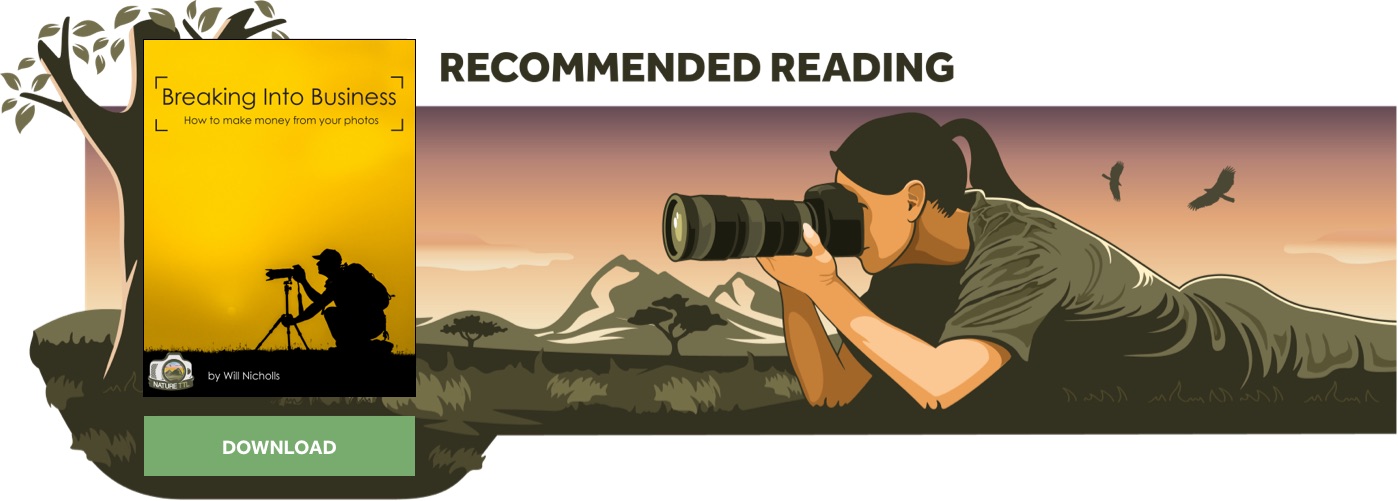
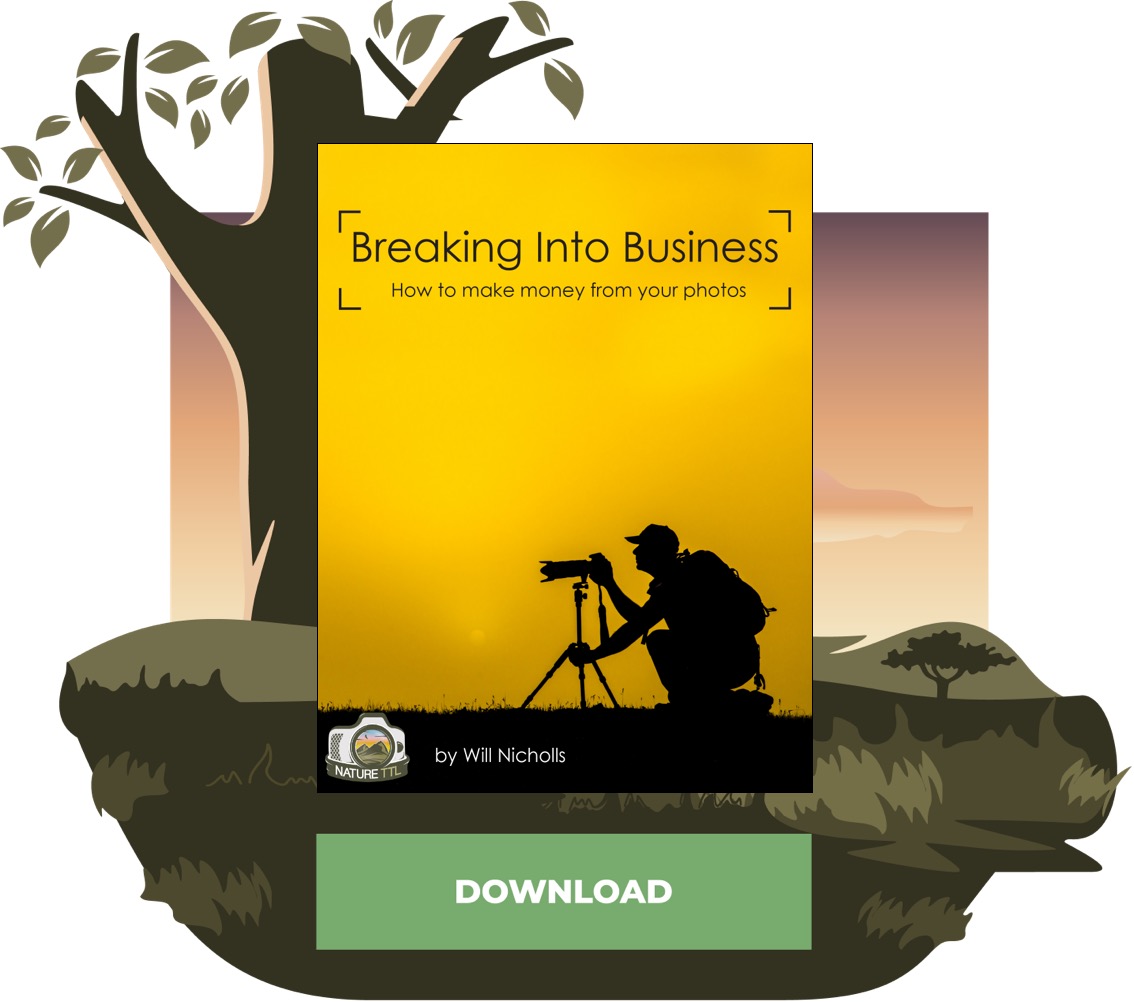
We caught up with Lucas to talk about conservation photojournalism, inspiring kids through photography, and his most memorable wildlife encounter.
What came first, a passion for wildlife or a love for photography?
The passion for wildlife came first.
Since I was a kid, I remember that my parents would take us outdoors at any opportunity, be it holidays or weekends. Along with my sister and the family dog, we would visit forests, farms, rivers, jungles, etc, triggering my passion for nature and wildlife.

Then I started to study biology at college. When you study this in a biodiverse country like Ecuador, you travel to so many natural places from the first year of your degree.
It was then that I decided I needed to document everything I saw; this is when I started photography.
Do you feel that your background in biology has helped you progress as a conservation photojournalist?
Absolutely.

You can learn the art of storytelling part of this job by yourself or through studying.
However, after studying Biology in college and Climate Change, Sustainability, and Development for my Master’s, I learnt a lot that could be applied to my photogarphy.
Both degrees gave me plenty of tools to help me apply my photography skills and photography projects in a more inclusive, fair, respectful, and accurate way when documenting wildlife, humans, culture, ecosystems and the interactions of all of them.
When working on conservation photo stories, what do you hope to achieve with your images?
I have different goals – raising awareness and implementing local action.
When thinking about awareness, I hope my images will be seen by the vast majority of people, both locally and globally.

When thinking about local action, I present my images, scientific studies, and community work/needs to the local authorities and community leaders so that we can discuss potential solutions.
You’ve been bitten by countless snakes, chased by elephants, and dived with whale sharks. What has been your most memorable wildlife encounter to date?
A face-to-face encounter with a wild jaguar inside the jungle in the Ecuadorian Amazon!
I enjoyed his presence for about one minute, after which he slowly disappeared into the jungle. It was a rollercoaster of emotions, holding eye contact with the real King of the Jungle.
Do you have a destination at the top of your bucket list that you hope to visit for photography?
I have so many!

But hopefully, sooner than later, I will get to Papua New Guinea, Guyana, Suriname, Congo, and Gabon.
I just love tropical and biodiverse jungles.
Do you have any funny moments to share from when a photography expedition didn’t quite go as planned?
Most of the time when talking about wildlife encounters, sightings do not go quite as planned.
Of course, we always try to visit areas with the highest chances to see specific animals, but people who travel to wild places will know that everything is unpredictable and nothing is guaranteed.

I remember once walking in the Ecuadorian Amazon with some guests when all of a sudden a tapir came out of the forest. After curiously smelling a guest, he bit her (just a little bit).
Even though the guest was not harmed, we all freaked out a little bit!
Can you tell us a bit more about how you use your photography together with your scientific findings and research?
For me, photography is 100% a tool. I could spend the rest of my life ‘just shooting’ to make my portfolio larger, but it really becomes meaningful for me when I take images for a project, to tell a conservation story, or documenting a conservation issue.

As a biologist, when I, my team, or my colleagues have a project that I like or think needs to be addressed, I use my photography to tell that story: the good and the bad parts, trying to document as many key characters involved as possible.
And then I try to achieve the two goals I mentioned in the previous question: create awareness and bring about local action.
Science is the base of everything, but it can generally be flat, boring, or complicated if we see ‘just’ the data and analysis.
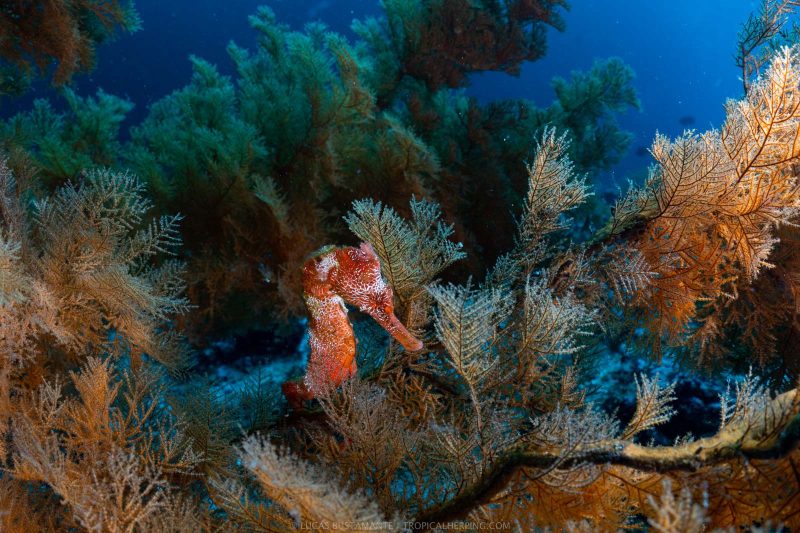
But we humans are very visual creatures. With a multimedia approach, we can translate that ‘raw’ science into emotions, inviting people to care about it, and ultimately work for its protection, whatever the science may be.
Tell us about the conservation photography workshops you worked on with minors. Why do you believe projects combining photography, younger generations, and conservation are crucial?
I firmly believe that education is the key to creating a real and lasting change, alongside unlearning/relearning and decolonizing.
With adults, really the most efficient way is doing the last steps.
But there is generally an empty notebook to a fresh start with the youth, thanks to traditional education (the one you learn at school/college), and family/cultural education (what you learn outside academic centres).
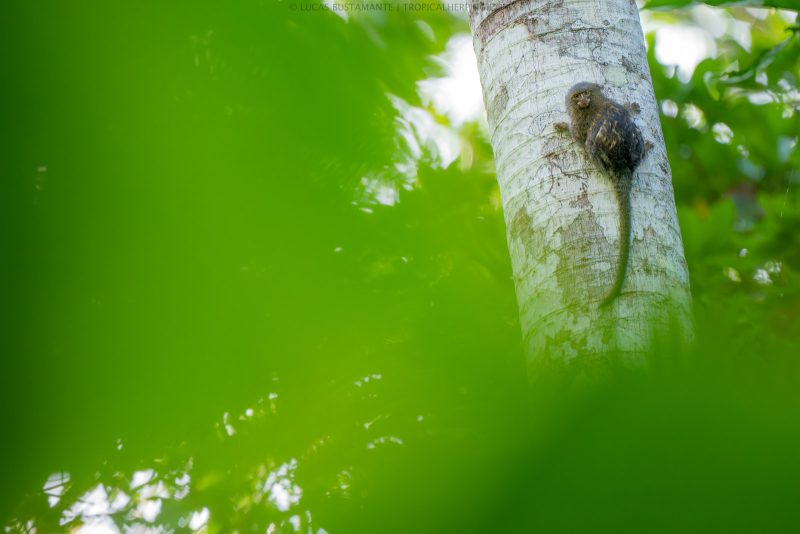
So taking kids outside and giving them a camera is a huge window of hope to create that connection with the wonders and fragility of the natural world.
In this way, we will not just plant the seed for a new army of passionate environmental storytellers, but also for new and sustainable ambassadors and citizens of the world.
For young people who are wanting to get into photography but can’t travel far to capture exotic nature, what advice do you have for them?
The best nature and wildlife to document is the one in your backyard. In recent years, the concept of travelling to the other side of the world to photograph elephants, sharks, even jaguars, to ‘make’ you a wildlife photographer has radically changed.

There are so many unique and never-seen-before articles published lately about the bugs, birds, ecosystems, and even urban wildlife of different cities, small towns, or local forests worldwide.
The advantage of photographing species or stories close to home is that you can spend as many days, months or even years there as you want, as you live close by.
That is, alongside a lot of practice, the best ingredients for a top-level photography portfolio or photo story.
Looking to the future, what place do you feel nature photography will have when thinking about ecosystem challenges and the conservation of wild places and wildlife?
It is already happening, but nature photography will die soon, and conservation photography will take over.

Our planet needs all nature lovers and artists to become ambassadors for the conservation of global species and ecosystems, but also journalists to document the interactions that these places and species have with humans.


